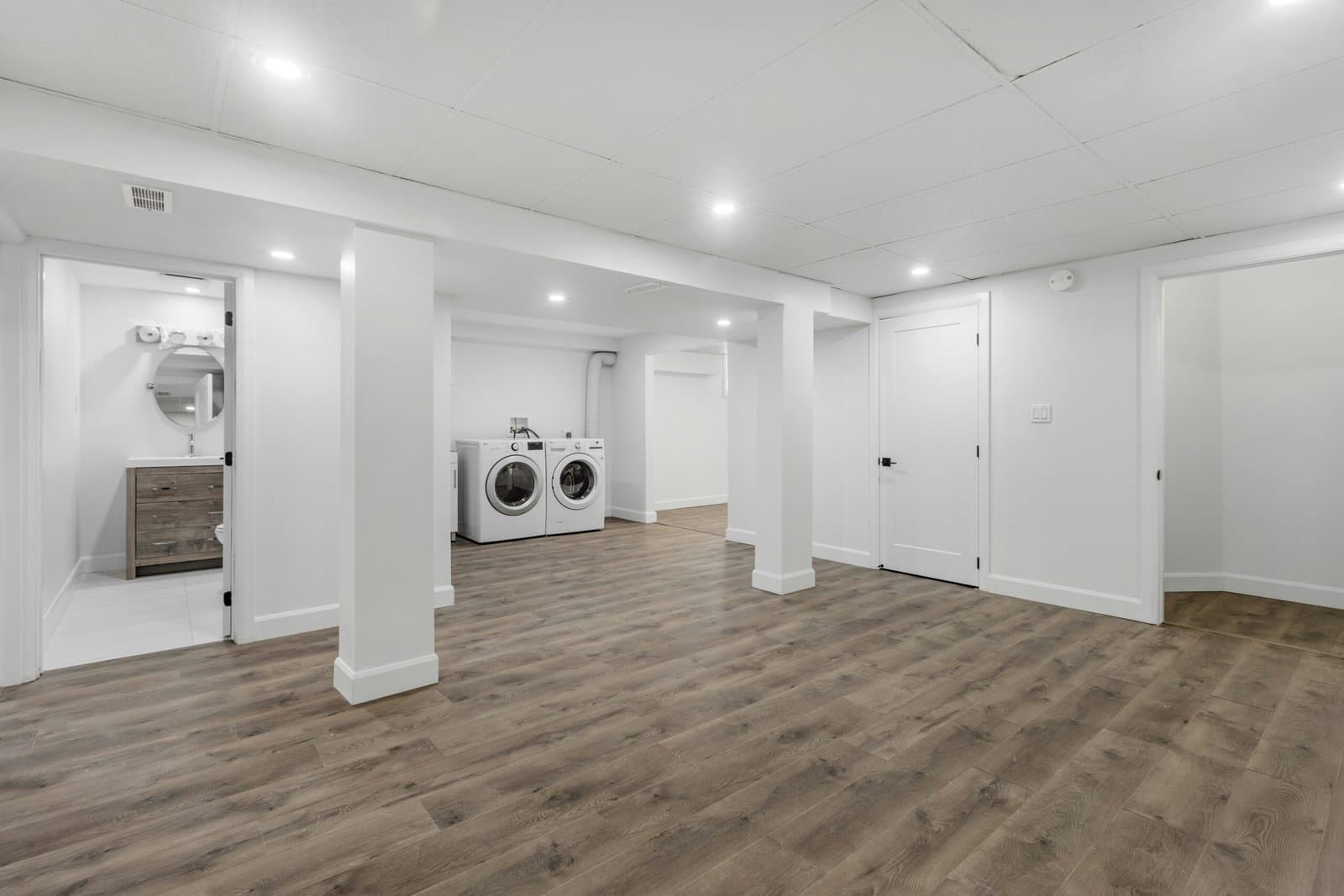Remodeling Design: Create Harmony Throughout Your Home

When starting a home remodeling project, it’s easy to get excited about individual rooms — that dream kitchen, spa-like bathroom, or modern living space. But true transformation happens when your remodeling design creates a cohesive flow from one space to the next. That sense of harmony makes your home feel intentional, comfortable, and beautifully connected.
Whether you’re remodeling a few rooms or tackling a full-house update, thinking holistically about design is the key to a successful result.
Why Flow and Cohesion Matter in Remodeling Design
A well-designed home isn’t just a collection of nice-looking rooms. It tells a story, and each space should feel like a chapter in the same book. When your remodeling design lacks flow, the house can feel disjointed, like walking into a new environment every time you turn a corner. But when your spaces share complementary elements, the result is more relaxing, inviting, and visually pleasing.
Elements That Help Tie It All Together
If you’re not sure where to start, here are the foundational elements of a cohesive remodeling design:
1. Color Palette
Using a consistent color scheme throughout the home helps tie different rooms together, even if the functions of those rooms are very different. That doesn’t mean every wall has to be the same shade — think in terms of tones and undertones that complement one another.
-
Stick to 2–3 primary hues with some accent colors.
-
Use transitions wisely: a soft shift from warm white in the hallway to sage green in the bedroom can maintain cohesion while adding variety.
2. Material Selection
Consistency in materials creates unity. Choose a few core materials — such as hardwood flooring, brushed brass hardware, or marble countertops — and repeat them strategically.
-
Carry wood tones from room to room.
-
Use the same backsplash tile or countertop style in more than one area.
-
Select complementary metal finishes for lighting, plumbing, and cabinet hardware.
3. Lighting & Fixtures
Lighting plays a huge role in mood and ambiance. Harmonizing the style and color temperature of your lighting fixtures will help maintain a seamless aesthetic.
-
Mix ambient, task, and accent lighting intentionally.
-
Select fixtures in a similar design family for a coordinated look across rooms.
4. Architectural Features & Layout
Structural design choices — like archways, open-concept spaces, ceiling beams, or even molding styles — can create visual flow and balance.
-
Repeat architectural elements (like wainscoting or trim profiles) throughout the house.
-
Consider how one space transitions into another, both visually and physically.
5. Furniture & Décor
Furniture is the finishing touch that can either tie a home together or make it feel like a patchwork quilt. While you don’t need matching furniture in every room, think about repeating textures, shapes, or styles.
-
Echo materials like linen, leather, or rattan across different areas.
-
Use rugs, art, and textiles to reinforce your home’s overall vibe.
Bonus Tip: Think About Function, Not Just Form
While aesthetics are important, functionality matters just as much. Open sight lines, smart storage solutions, and intuitive room flow all contribute to a home that feels good, not just one that looks good. A great remodeling design is both beautiful and livable.
Let CTM Construction Services Bring It All Together
At CTM Construction Services, we understand how to take your vision and turn it into a home that feels unified, purposeful, and uniquely yours. Whether you’re refreshing one space or giving your entire home a makeover, our design and build team will help you create a remodeling design that flows beautifully and seamlessly.
Ready to get started? Contact CTM Construction Services today for a consultation and let’s bring your dream home to life.
Recent Posts

Finished Basement: How This Upgrade Can Increase Your Home’s ROI
JULY 10, 2025

Carpentry Services Explained: From Rough Framing to Custom Cabinets & Trim
JULY 8, 2025

Molding Installation in St. Louis, MO: Why It Matters
JUNE 14, 2025

Hiring a Remodeling Contractor in St. Louis, MO: What Homeowners Need to Know
JUNE 12, 2025

Custom Trim and Molding: Elevating Your Home’s Architectural Details
APRIL 16, 2025
Newsletter
Don't miss a thing!
Sign up to receive daily news